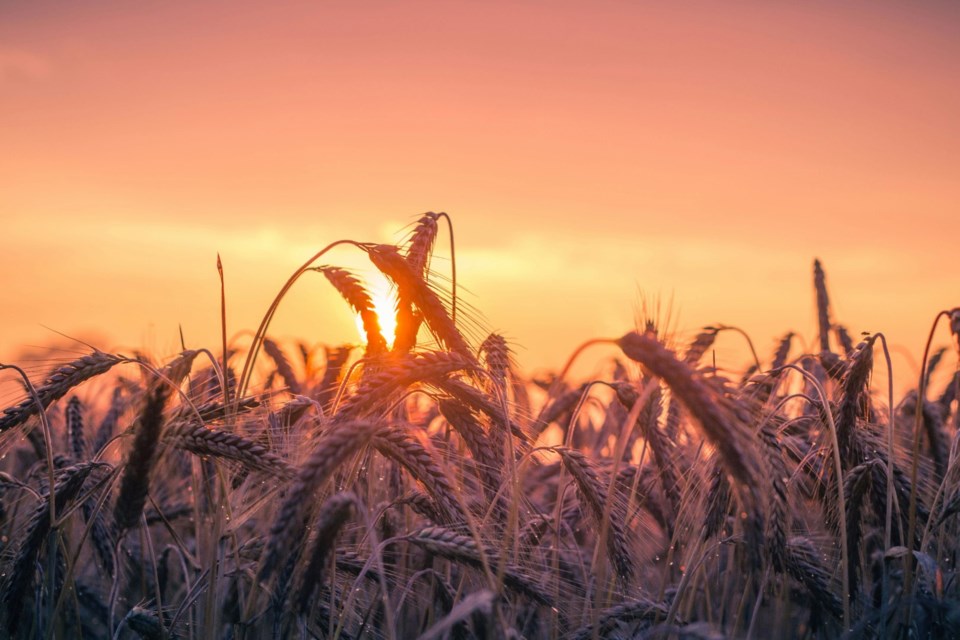REGINA — Conditions were generally drier over the past week compared to previous weeks. Despite the excess moisture causing crop yellowing in low lying areas in some regions of the province and lack of moisture contributing to drier areas within other regions, crop conditions are reported to be in overall good condition.
Rainfall was variable across the province over the past week. Many areas received limited to reduced amounts of rainfall compared to previous weeks, but some areas did receive isolated storms with heavier rainfall amounts and hail. The highest rainfall recorded fell in the Frobisher area at 52 mm followed by the Regina area at 51 mm. The Langenburg and Macklin areas both received 50 mm over the past week.
Reduced precipitation and increased temperatures have reduced the topsoil moisture reserves throughout many regions of the province. Currently, cropland topsoil moisture is rated as seven per cent surplus, 83 per cent adequate, eight per cent short and two per cent very short. Hayland topsoil moisture is reported at five per cent surplus, 84 per cent adequate, nine per cent short and two per cent very short. Pasture topsoil moisture is three per cent surplus, 80 per cent adequate, 14 per cent short and three per cent very short.
Moisture and warmer temperatures are supporting quicker crop advancement with some crops already starting to show reductions in the percentage that are falling behind in development. Canola and spring cereals are still the furthest behind the normal stages of development for this time of year.
While crop conditions vary across the province, overall pastures, hay and crops are reported to be in good condition. Some producers are expressing concern with the higher temperatures in areas that are already experiencing a lack of moisture or that have canola and mustard in the flowering stage of development.
Drier conditions have progressed haying operations in many regions of the province, but a few areas are still delayed due to frequent isolated rainfall events. Nineteen per cent of the hay crop has received its first cut with six per cent baled or silaged. Hay quality is rated as 30 per cent excellent, 59 per cent good, 10 per cent fair and one per cent poor. Producers note the higher humidity conditions are causing hay drying time to take a little longer than usual.
Excess moisture continues to be the main cause of crop damage throughout many regions of the province. Areas experiencing excess moisture have indicated continued crop yellowing in lower lying areas of the field with some crop loss occurring. In areas that have received less moisture, crop stress is starting to occur. There was minor to moderate damage reported from isolated hail events over the past week. Gopher and grasshoppers continue to cause damage throughout the province with some areas reporting emerging grasshoppers that didn't previously have pressure. Producers also note aphids and cabbage seedpod weevils are beginning to appear in some regions of the province. With the frequent moisture and currently humid conditions, disease development has been observed in various crops including pulses and cereals.
Over the next week, producers will be busy monitoring their fields for disease and insect development. Many producers will be spraying fungicide across various crops due to disease already present in some fields, with many others taking preventative measures given the high heat and humidity which can be conducive for disease development. Haying will continue throughout much of the province with the drier conditions forecasted.
The growing season is a stressful time of year and producers are reminded to take all safety precautions in all the work they do. The Farm Stress Line is there to help by providing support for producers toll free at 1-800-667-4442.
A complete, printable version of the Crop Report is available online - Download Crop Report.
Follow the 2024 Crop Report on Twitter at @SKAgriculture.




